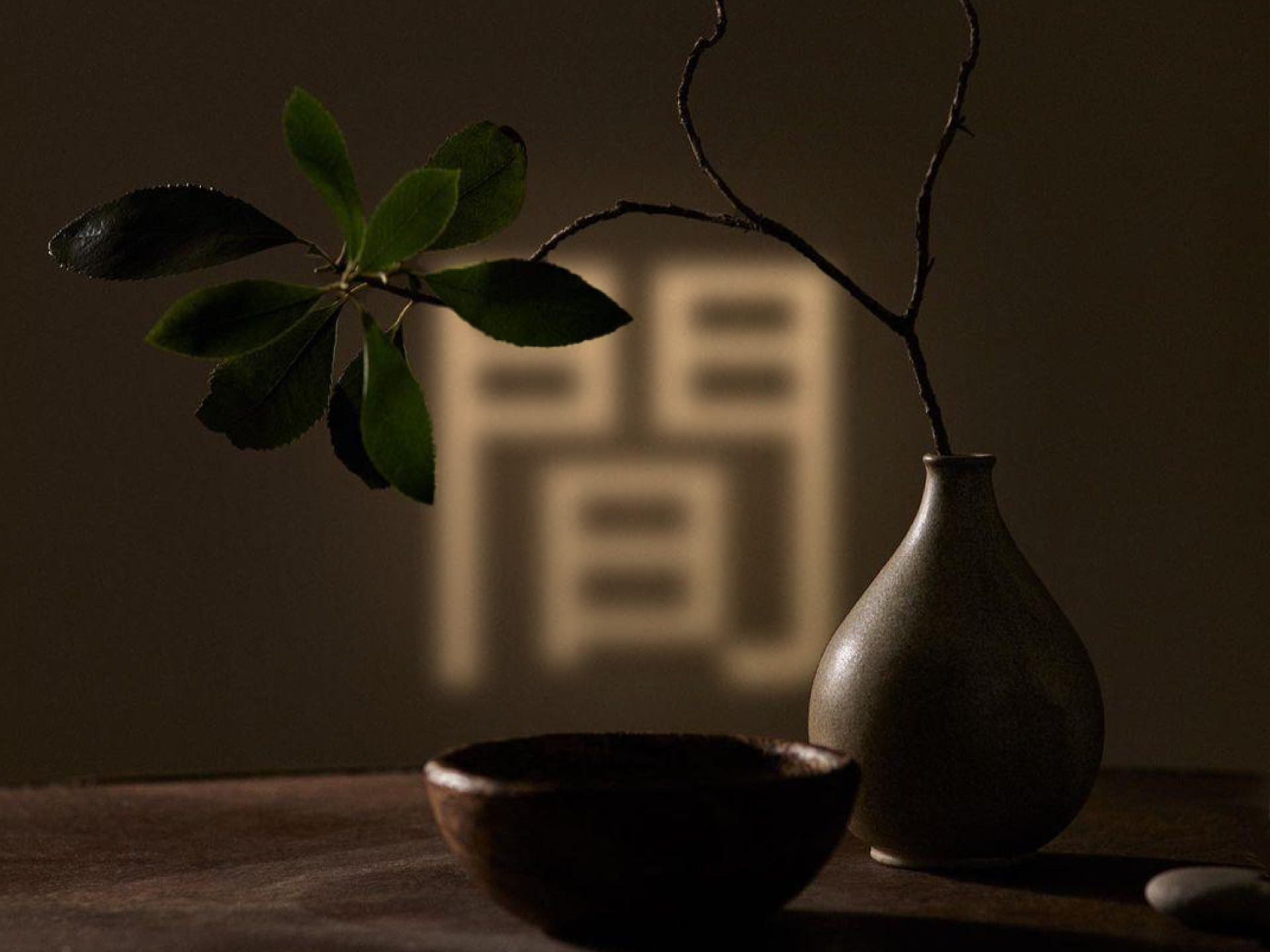Ma
October 30, 2024
Breathe in…and then breathe out. That moment of pause is akin to the Japanese design philosophy of Ma- a design concept rooted in Zen Buddhism and Japanese culture, that transcends minimalism to create beauty and meaning through deliberate use of empty space.
The Ma aesthetic is an ancient one, which represents the spaces between, enhancing rather than diminishing what’s there. Like the interlude in a song or silence in a conversation, Ma creates room to breathe, reflect, and appreciate.
The kanji character for Ma (間) combines the symbols for "gate" (門) and "sun" (日), visually representing sunlight streaming through a gate: a momentary glimpse that captures the essence of transient beauty. This imagery encapsulates the idea that Ma is about the intervals that allow for moments of reflection and appreciation.
Ma emphasizes the idea of “in-betweenness,” the value of what’s not explicitly present. It’s seen in the spaces within temples, the rhythm in Japanese poetry, and the structure of Japanese rooms that use sliding panels to create versatile, open layouts.
Ma invites mindfulness and intentionality, reminding us that design is as much about the spaces we leave untouched as the ones we fill.
Whether it’s fashion, interiors, or digital interfaces, Ma is about the art of subtraction, making the remaining elements resonate powerfully.
In today’s visually overloaded world, Ma brings a refreshing counterpoint. It's the touch that turns simplicity into sophistication. Brands and creatives leverage Ma to evoke calm, clarity, and elegance, fostering a sense of completeness with less. Here’s how it unfolds across different design landscapes:
- Fashion: Japanese designers like Issey Miyake and Yohji Yamamoto are masters of Ma. Their work often incorporates voluminous shapes and negative space, letting fabric and form breathe. It’s no accident that their designs feel both minimal and deeply expressive; each piece communicates a quiet luxury where less truly becomes more.
- Digital Design: Apple’s interface design is a shining example of Ma in the digital realm. With generous white space around icons and a clean, uncluttered UI, the brand invites users to navigate with ease and intention. This strategic simplicity fosters focus, making each interaction feel meaningful and elegant.
- Illustration and Graphic Design: Ma is not just about empty space but deliberate placement, too. Look to Muji’s packaging design: simple, unadorned yet full of quiet sophistication. By giving each element space, the design allows consumers to focus on the essentials, evoking a sense of calm and order.
- Furniture Design: Furniture Design:Ma shines in the aesthetic of Scandinavian brand Muuto. Through embracing space, silence, subtle color palettes, and clean lines. Each piece by Muuto is crafted to honor both its functional purpose and the empty space. It's about creating furniture that feels spacious, grounded, and intuitively welcoming.
Embracing Ma requires a shift in perspective: it’s about creating space, not filling it. Whether you're designing a brand or organizing your workspace, think of Ma as the air that breathes life into form. Imagine your work as a conversation where silence plays as much a role as the words spoken.
Ma invites us to approach our creative processes with intention, leaving room for interpretation and experience. It’s more than just a design principle; it’s a reminder to pause, reflect, and embrace the beauty of what lies between.
Identity Architecture is a small studio’s manifestation of Ma, as a deliberate pause to gain clarity of identity for individuals and organizations. We have just concluded a new identity work that epitomizes the thought-process of Ma, and we will be sharing it with you soon.


.png)
